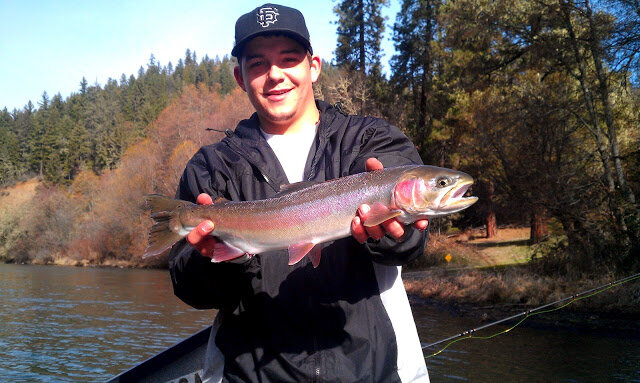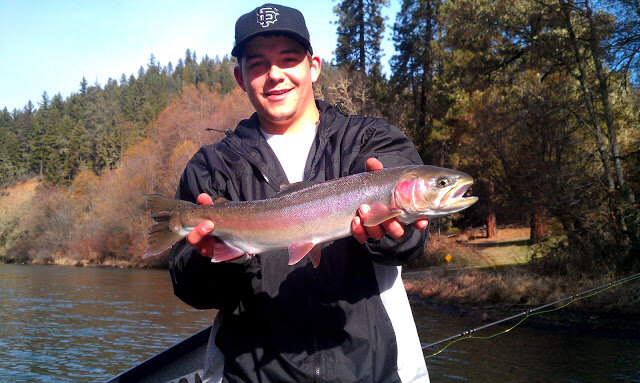C
cobias
0
Over the years i have seen a lot of people posting pics of kelt or runback spawned out hatchery steelhead here and on other forums. Both summer and winter. They are not really worth keeping. If its someone's first fish , thats cool but otherwise they aren't worth a darn for eating. If you let them go and they survive another couple of years in the ocean , they come back even bigger !
There are kelts running back in most steelhead rivers right now. Summers are headed back and some hatch winters are already heading back. If they are snaky and have no girth in their bellys ( especially hens ) LET THEM GO ! Youll feel good you did and you wont go through the messy trouble of cleaning them only to find white mushy flesh.
Look at it as you planting another steelhead that will be returning in a couple of years.
Also, dont believe the hype of " we must kill all hatchery fish caught. They are genetically impure. " I bet people would be surprised of how many wild fish today have hatchery roots. Let em spawn !
There are kelts running back in most steelhead rivers right now. Summers are headed back and some hatch winters are already heading back. If they are snaky and have no girth in their bellys ( especially hens ) LET THEM GO ! Youll feel good you did and you wont go through the messy trouble of cleaning them only to find white mushy flesh.
Look at it as you planting another steelhead that will be returning in a couple of years.
Also, dont believe the hype of " we must kill all hatchery fish caught. They are genetically impure. " I bet people would be surprised of how many wild fish today have hatchery roots. Let em spawn !

